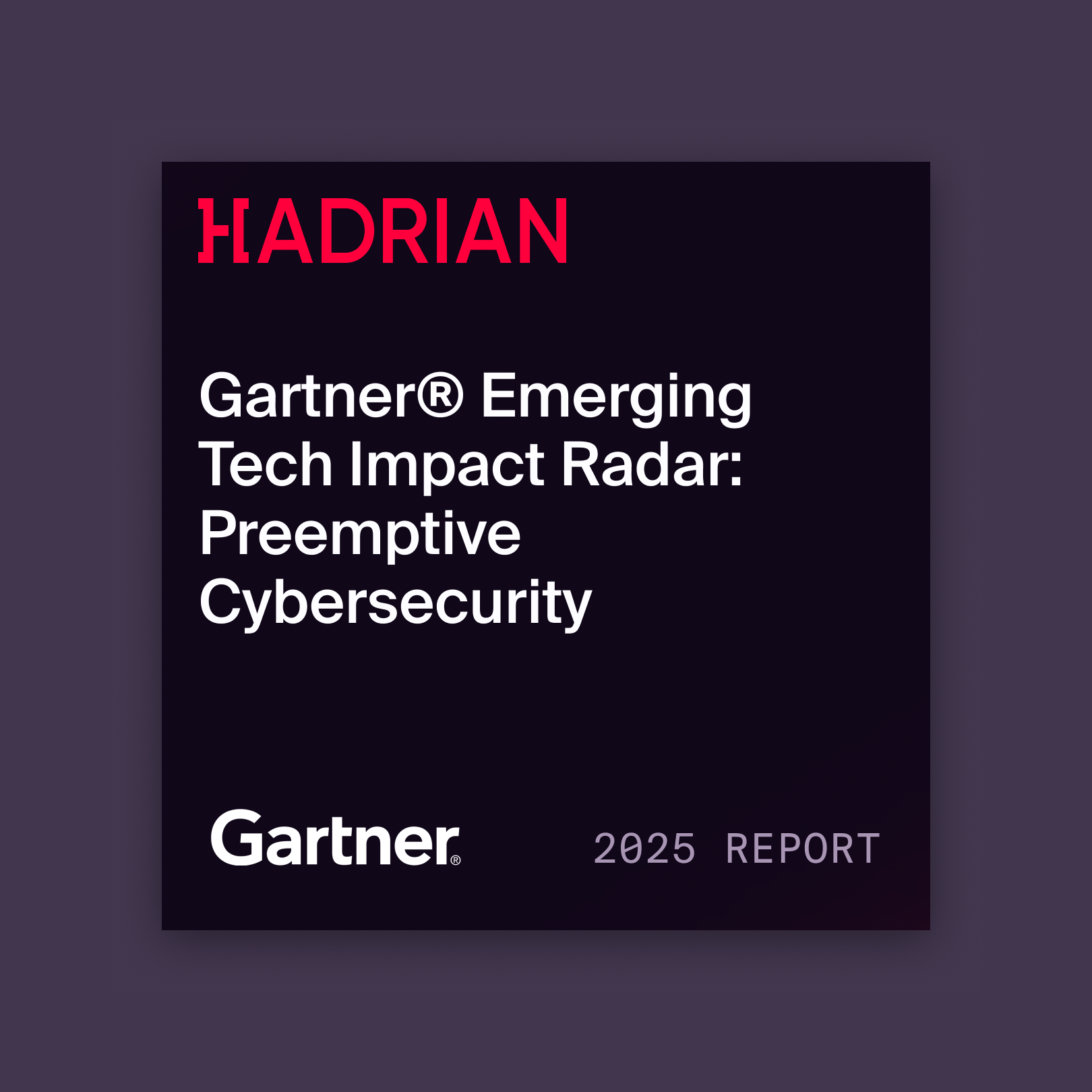.avif)
New cyberattacks emerge every day, and new ways of defending against them are continually springing up, too. This is precisely why proactive strategies like agentic threat exposure management are becoming essential for so many organizations. This cybersecurity approach leverages advanced, autonomous techniques to continuously identify, prioritize, and mitigate potential threats before they can be exploited. According to PwC’s Cyber Threats 2024: A Year in Retrospect report, there were 31% more vulnerabilities disclosed last year than in the preceding 12 months and a 20% increase in active exploitation. Tackling all of these is a huge task for manual security teams.
Methods are changing too, with a World Economic Forum survey finding that organizations believe AI, cloud, quantum computing, cryptocurrencies, and other emerging technologies are all set to significantly affect cybersecurity in the next 12 months. Fortunately, methods of defending against cybercriminal tactics are developing rapidly as well. Comprehensive, real-time safeguards are more important than ever. That’s why offensive cybersecurity spending continues to increase, with the global market size for cybersecurity defense expected to grow at a CAGR of 11.18% from 2025 to 2034.
Around the world, we are seeing the adoption of advanced, proactive cybersecurity methodologies, with agentic threat exposure management increasingly a core focus for modern defense strategies.
Threat exposure management matures
Threat exposure management, the process of identifying, prioritizing, and remediating security risks associated with exposed digital assets – everything from legacy hardware to new IoT sensors – remains critical to preventing cyberattacks. Traditionally, threat exposure management focused on reactive vulnerability patching. This typically involved a vulnerability affecting a digital asset being discovered before the risk was assessed and then prioritized.
Perhaps the most significant downside of this reactive approach to threat exposure management is that it means organizations often only act to shore up their defenses after the damage has been done. Security teams are left scrambling, rushing from vulnerability to vulnerability. There’s little context around the discovered risks, and security backlogs can grow rapidly.
A few years ago, however, Gartner introduced the concept of Continuous Threat Exposure Management (CTEM) to provide organizations with a framework for a more proactive approach. In contrast to traditional methods, CTEM utilizes ongoing monitoring and the real-time identification of threats. There’s no waiting around for hackers to strike, CTEM deals with vulnerabilities and risks in real-time. CTEM doesn't simply focus on potential issues either; it aligns up-to-date threat intelligence with a real-time evaluation of exposed assets to help organizations prioritize risks - so vulnerabilities are plugged without overwhelming security teams.
Unsurprisingly, taking a more proactive approach to threat exposure management delivers significant benefits, with Gartner projecting that by 2026, organizations that prioritize their security investments based on a CTEM program will be three times less likely to suffer a breach.
What organizations expect from threat exposure management
The essential functionalities for a modern approach to threat exposure management are based around the CTEM framework and fall into five groups: scoping, discovery, prioritization, validation, and mobilization.
- Scoping: The first step of modern threat exposure management is assessing an organization’s attack surface. It’s important that the entire digital footprint is examined - software, hardware, partner ecosystems, and legacy solutions. A notable challenge here is when unknown or hidden assets pose a risk.
- Discovery: Taking things a step further, the discovery stage maps out all the vulnerabilities within the established parameters set out during scoping. It’s no longer about creating a list of important assets, but classifying them and adding technical detail regarding what exactly an attacker can exploit.
- Prioritization: Not all threats are created equal. While minor vulnerabilities might only allow cyberattackers to infiltrate a long-disused app, for example, another more serious security flaw could provide a gateway to access highly sensitive information, such as customer payment details. It’s, therefore, crucial that proactive threat exposure management prioritizes risks based on exploitability and impact to avoid security teams from expending more resources than necessary. Ideally, this prioritization can be automated.
- Validation: At this stage of the CTEM framework, businesses need to verify the exploitability of any identified risk, simulating attacks and real-world scenarios to confirm genuine attack pathways. Here, it’s important to continuously test security measures to ensure they are working as expected against the latest adversarial techniques.
- Mobilization: As the action-oriented stage of the CTEM framework, this is where security teams operationalize their findings to deliver remediation. Modern autonomous solutions, including agentic threat exposure management, provide the ideal technology to make the mobilization stage fast and scalable.
The state of threat exposure management today
With the widespread adoption of the CTEM framework, threat exposure management has moved from periodic penetration testing to continuous risk validation. Even so, challenges remain with the CTEM approach. A shortage of personnel with the necessary skills to effectively implement and manage a complex, integrated CTEM program remains a restraint. What’s more, even with risk prioritization, the sheer volume of vulnerabilities can place security teams under significant pressure.
To lessen the burden on security personnel, AI is increasingly being used to analyze vast data volumes, evaluate threat intelligence, and score risk with greater precision. One of the AI tools being widely embraced is agentic threat exposure management. Agentic AI uses autonomous, goal-oriented AI agents to execute complex, multi-step actions in cybersecurity workflows. These agents can execute pre-approved, low-risk fixes themselves without the need for any human involvement. In addition, any fixes that are implemented can be tracked and learned from to improve future remediation efforts.
Agentic AI increases the coverage of threat exposure management substantially because it can run continuously, make informed decisions, and act faster than human cybercriminals can - all without increasing the manual workload of security teams. It’s an approach that combines scale and context, using agents that reason in real-time, rather than simply following some pre-written script.
While human security teams will retain the final say on the most complex challenges, the sheer pace and volume of threats today mean that employing agentic threat exposure management may be the only way to keep systems secure. Cybercriminals are using AI; organizations need to add it to their defensive toolkit, too.
{{cta-aev}}







